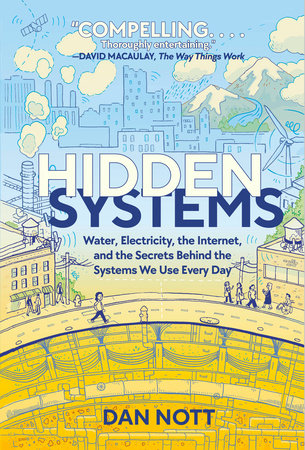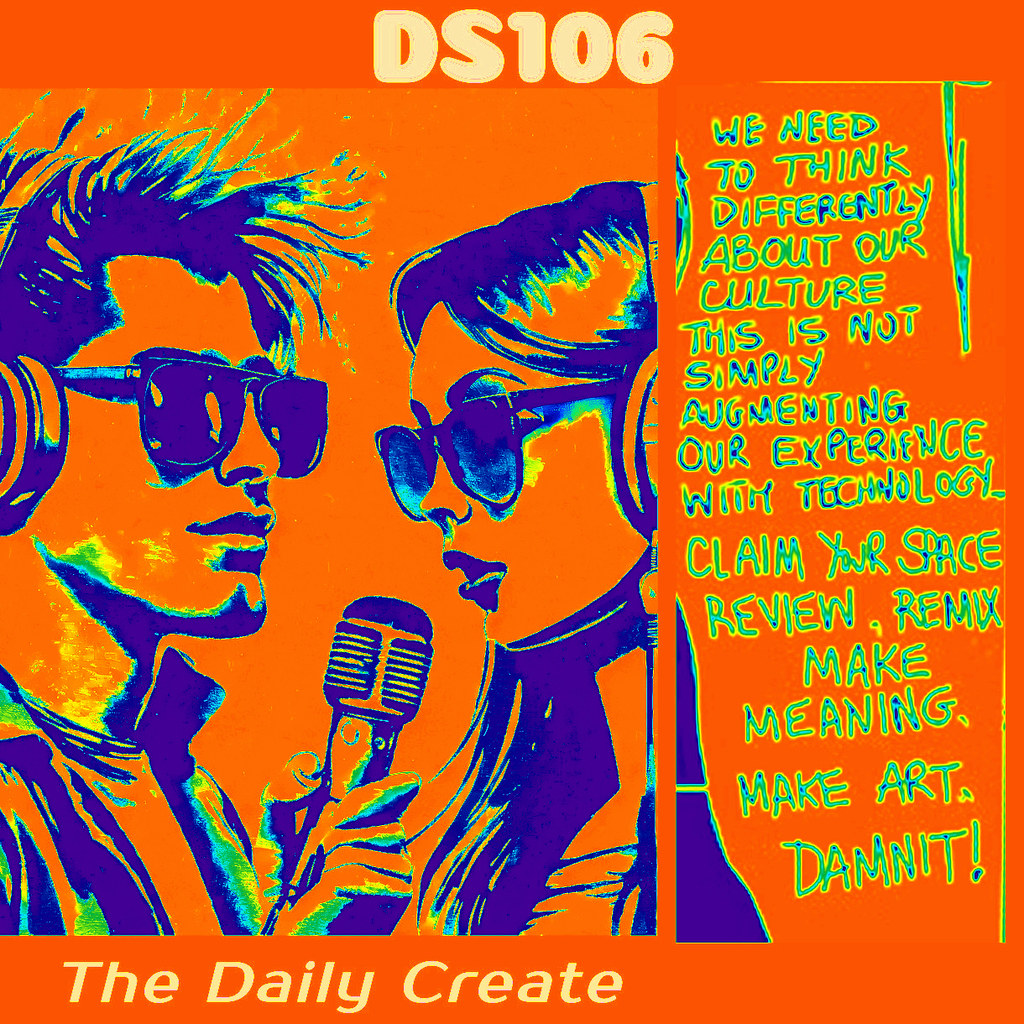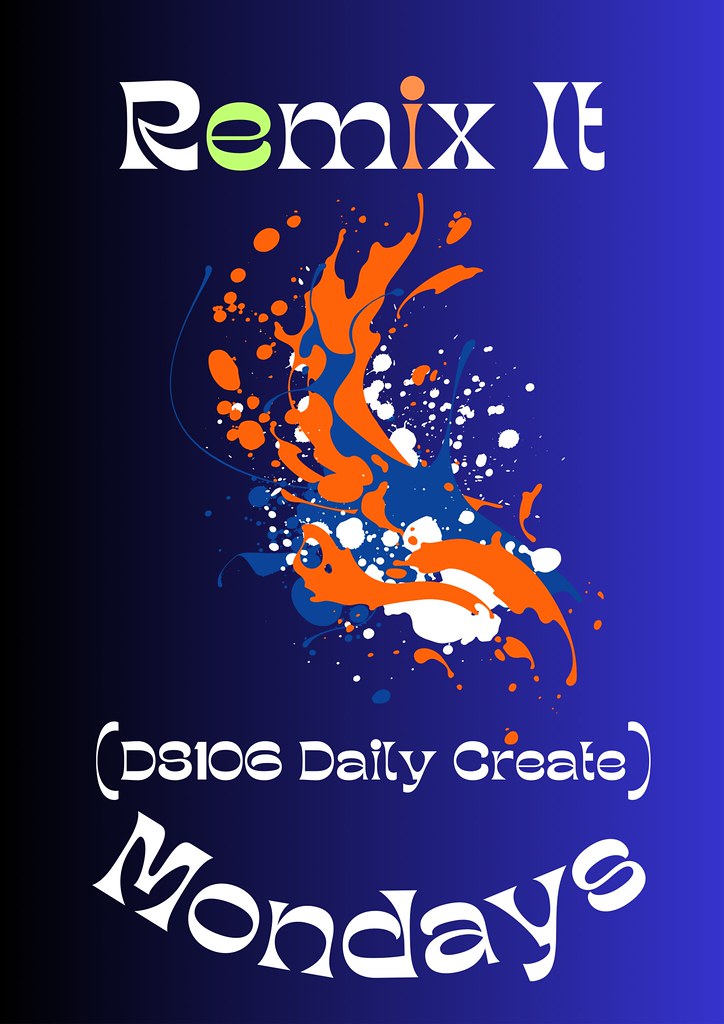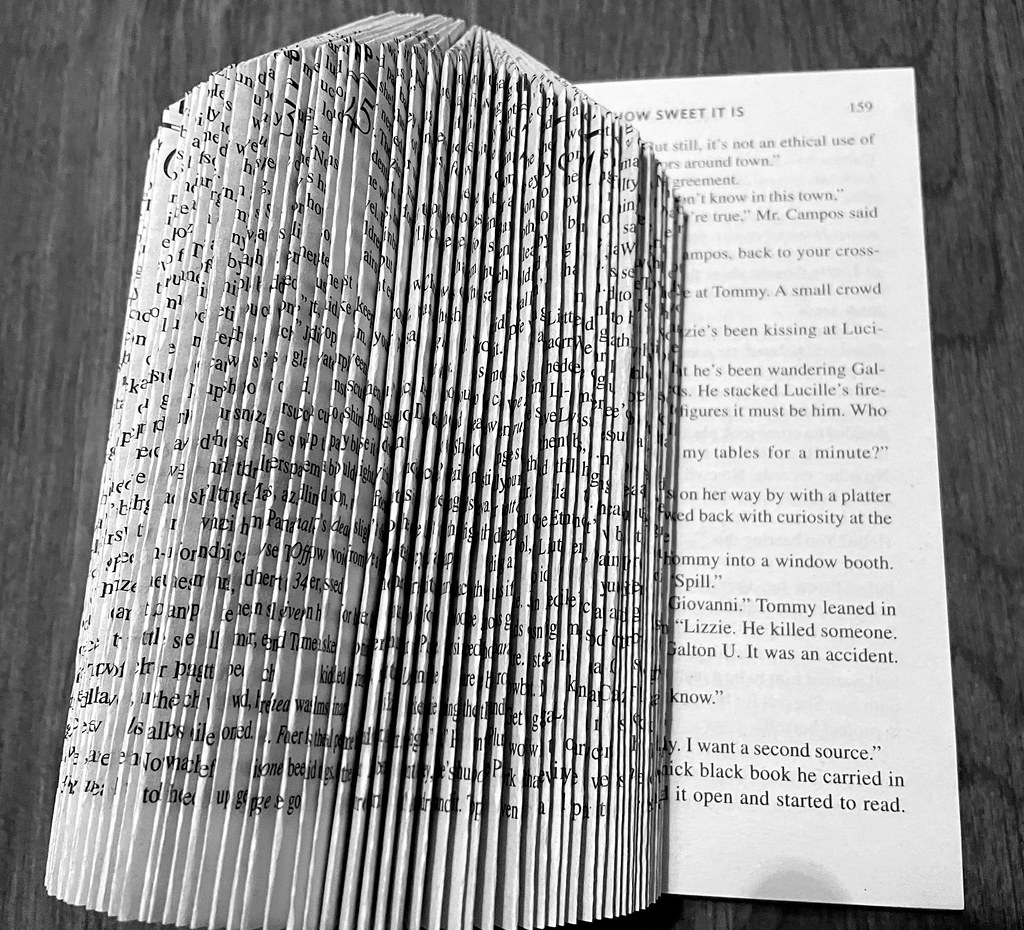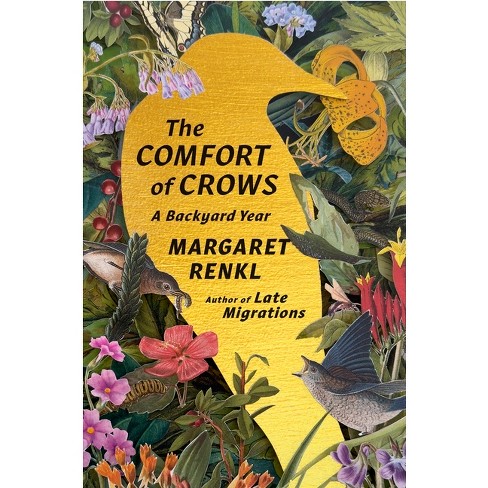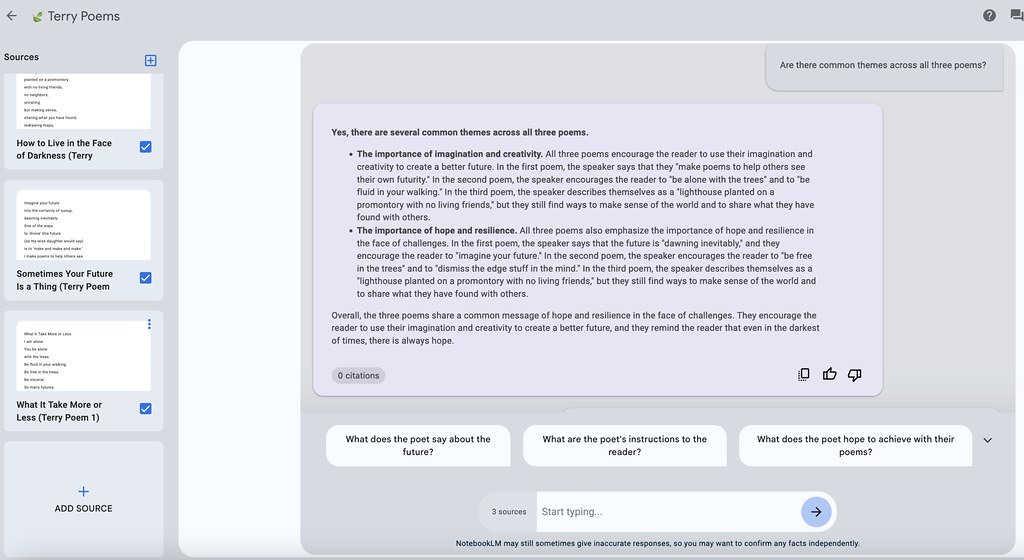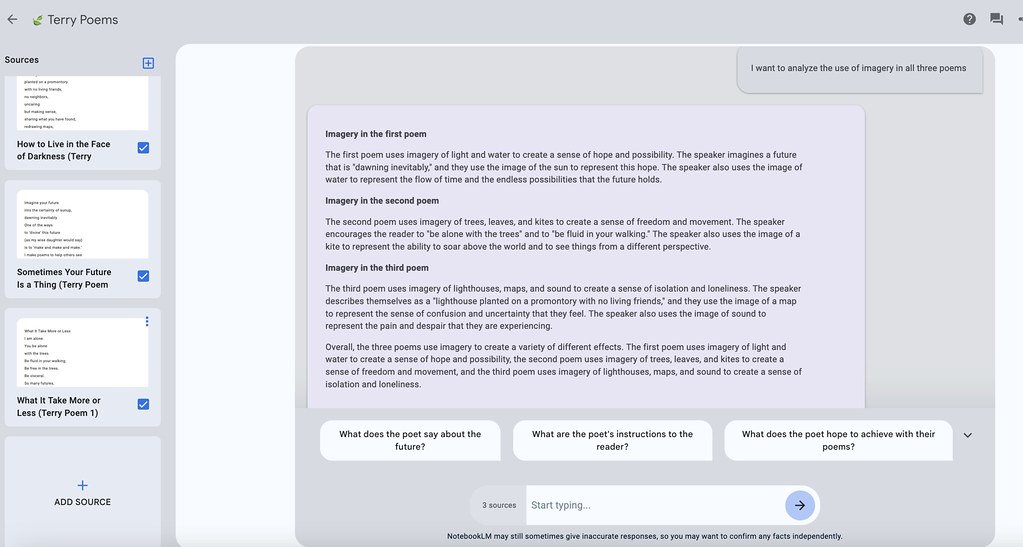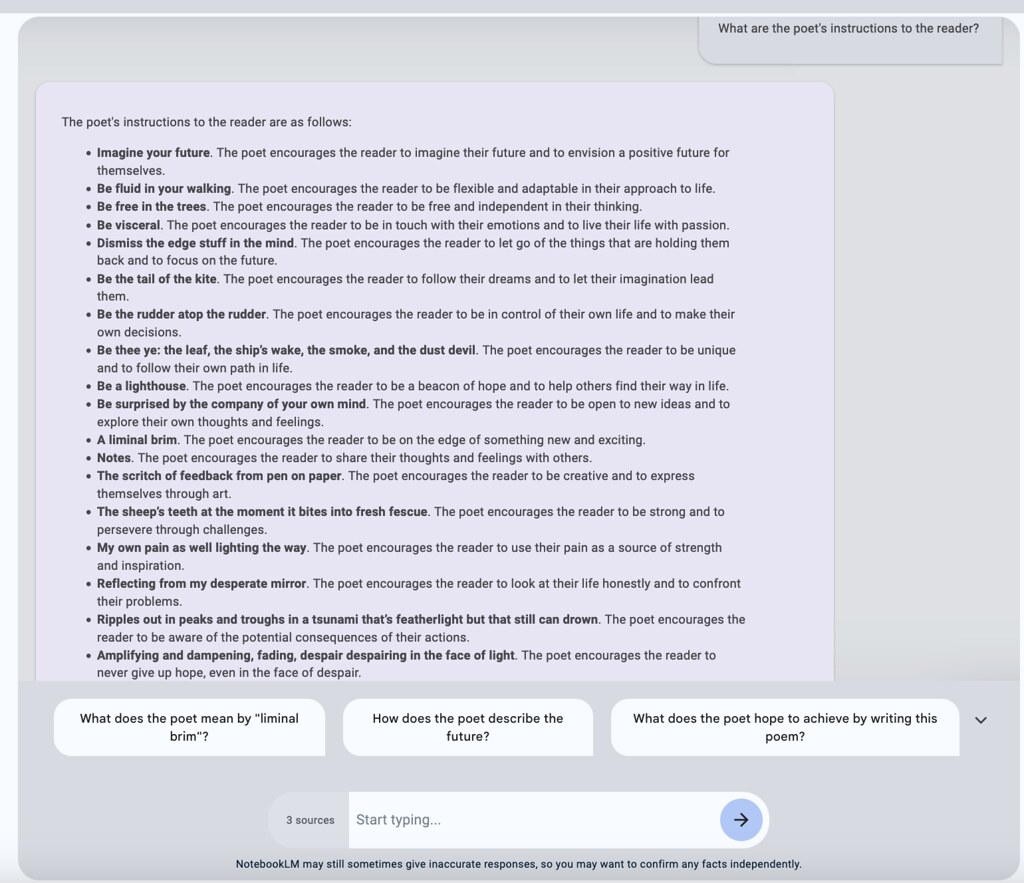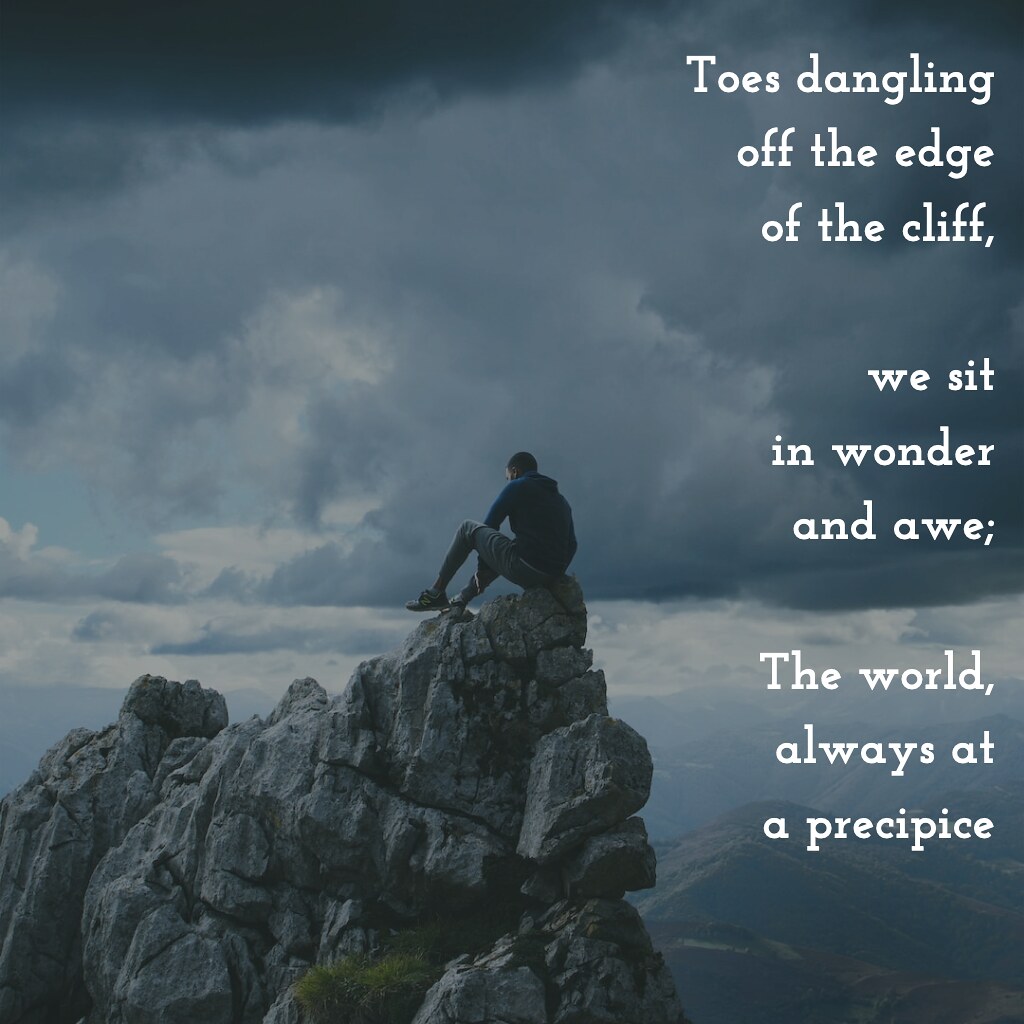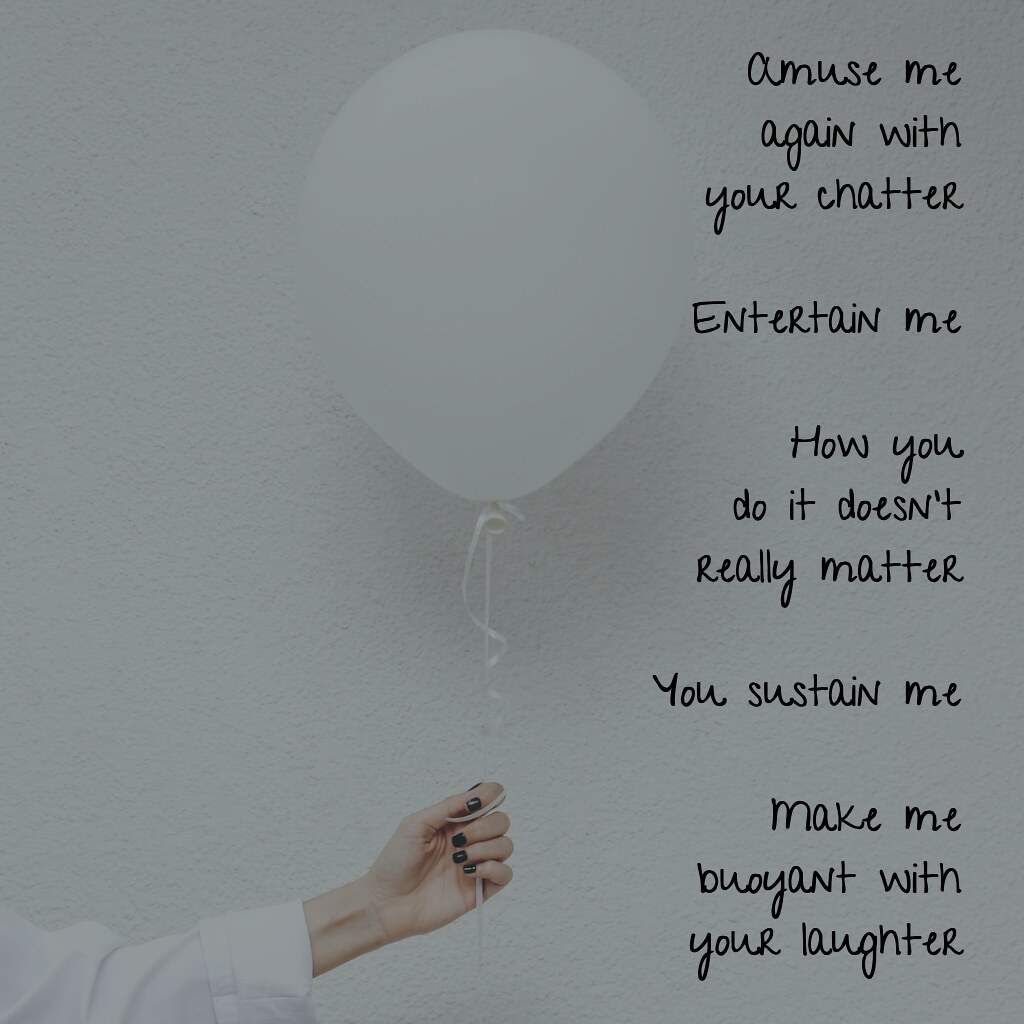Dan Nott’s graphic book — Hidden Systems (Water, Electricity, the Internet, and the Secrets Behind The Systems We Use Every Day) — is a visual exploration of what the subtitle says it will do — go deep into the workings of three main systems that are part of our modern lives: the Internet, the electrical grid and water networks.
In each section, Nott shows how well-informed he is with his research as well as how skilled he is as a visual artist and storyteller. The reader is quickly immersed in systems thinking, and architectural and engineering design, but Nott never goes so far into the weeds of those worlds that the average reader gets lost. Nott is an able and reliable guide, and the visuals here provide angles of understanding that text alone might not.
Nott brings us into the mostly invisible networks of wires and pipes that form the core of society (caveat: modern American society), where so much of how things function for us depends on extensive networks. These systems bring benefits but also have fundamental weaknesses and historical impacts on the environment and people, too.
Nott shows the historical beginnings behind the visi0ning of the Internet and electrical and water systems, and how some thinking created opportunities while other thinking created vulnerabilities. In some cases, the development of these systems happened by chance or without a larger vision or design, leading to problems in the grids.
We often just see the surface of our surroundings, but by understanding these systems more deeply, we can form our own questions about their past and future. The answers to these questions can help us not only to fix these systems, but also re-imagine them — creating a world that’s more in balance with the Earth. – from Hidden Systems, by Dan Nott, pages 238-9
I found that, after reading Hidden Systems, that I found myself seeing the landscape of power grids and water systems and the Internet in more nuanced ways, noticing the physical connections in my own community, the places where these fundamental services flow and connect, and that’s what good books do, right? They make us notice the world, in a different way.
(I write this on my Internet-connected laptop, at a table with a light over my head, and cup of coffee brewed with tap water by my side — all elements of the networks that Nott examines in book)
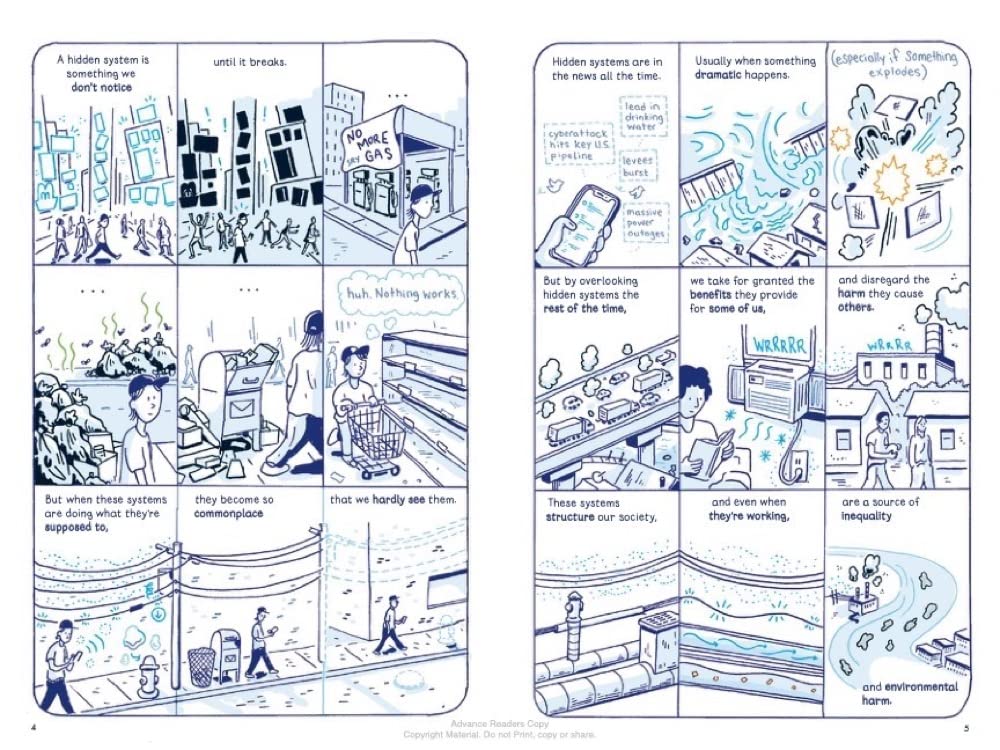
This book would be a good addition to any middle school or high school library.
Peace (and Systems),
Kevin
